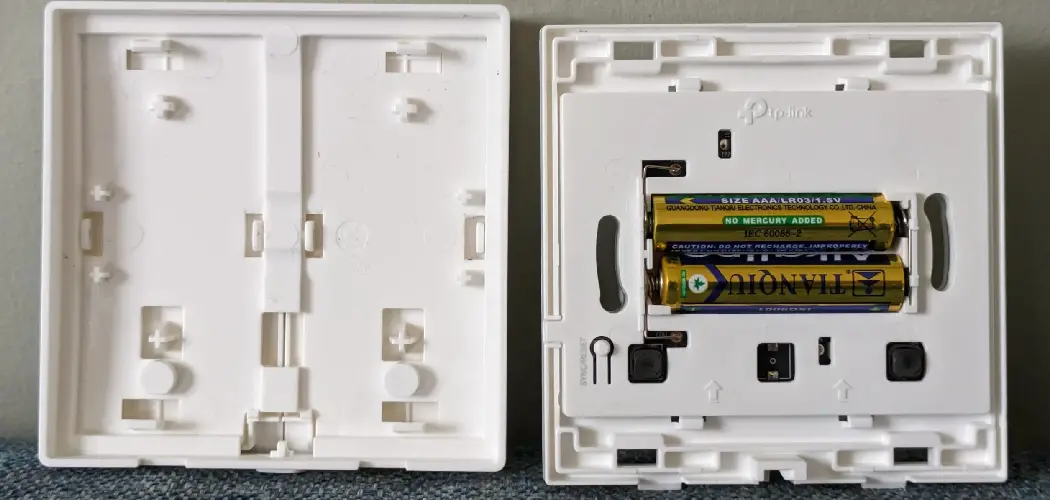Integrating smart home technology is not just a trend; it’s rapidly becoming an essential part of the contemporary household. Embracing the digital wave, homeowners increasingly ask, “How to make light switch smart?” The answer lies in smart light switches, a cornerstone in the smart home ecosystem, delivering unparalleled convenience, automation, and control over your home’s lighting from anywhere in the world.
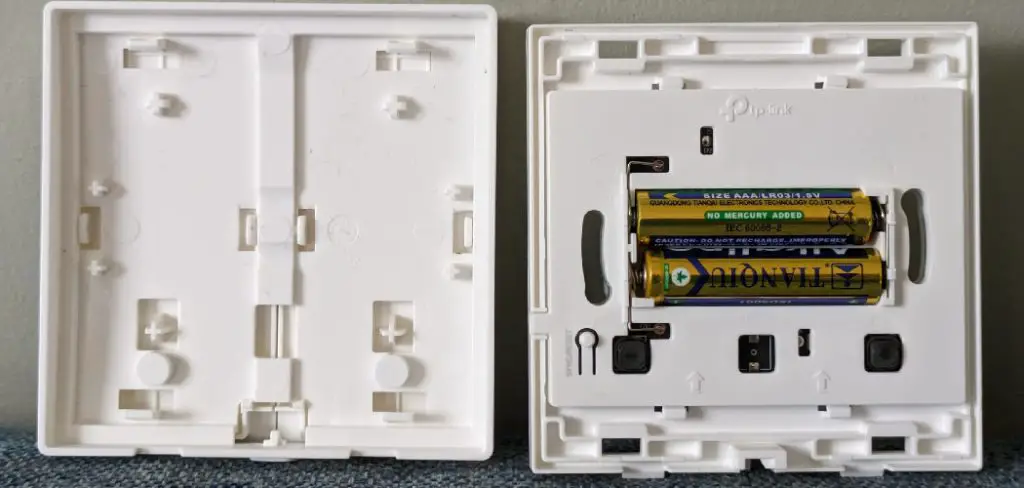
Whether it’s through voice commands, mobile apps, or preset schedules, smart light switches revolutionize the way we interact with our living spaces. This article aims to illuminate the various methods to upgrade your existing light switches to smart ones, providing a seamless transition into a more connected and intuitive home.
Exploring Different Approaches
When considering how to make light switch smart, there are principally two routes you can take: replacing the existing switch, or adding smart capabilities to it. The replacement method involves swapping out your current light switch for a dedicated smart light switch.
This approach typically yields a more integrated and seamless user experience with full feature sets such as scheduling, remote access, and compatibility with home automation systems. However, it might be more complex and costlier, especially if new wiring is required or if your house lacks a neutral wire often needed for installation.
The alternative is enhancing your current switch with smart functionality using devices such as smart relays or smart adapters. Relays are installed behind your existing switch to control the power, and adapters can be attached directly to control the switch mechanically.
This approach maintains your current setup and is often less invasive. The downside can be limited features; sometimes, these devices can be slightly bulkier, which can be a factor if space is at a premium.
Smart bulbs or plug-in modules are also viable options for those seeking simpler or temporary solutions. They can offer similar smart features but are especially preferable in rental properties or when you want to avoid electrical work.
Choosing the Right Smart Light Switch
When you decide on a dedicated smart light switch, several factors influence your choice, ensuring that the switch you select meets your needs and fits seamlessly into your home.
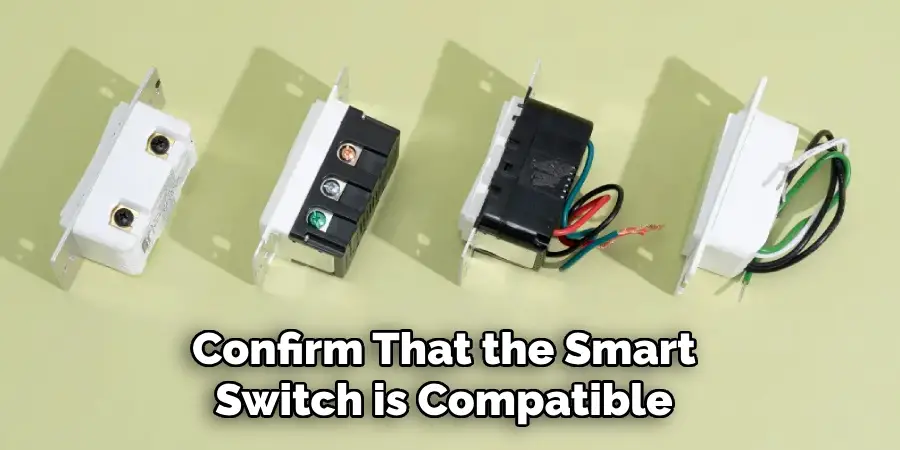
- Compatibility: Firstly, confirm that the smart switch is compatible with your home’s wiring and electrical system. Many smart switches require a neutral wire, so it is important to check your current light switch configuration before purchasing.
- Features: Next, consider what features are important to you. Are you looking for dimming capabilities to create the perfect ambiance? Do you intend to use scheduling functions to automate your home lighting? Also, think about voice control and which smart home platforms (such as Google Home, Amazon Alexa, or Apple HomeKit) you’d like the switch to integrate with. These features enhance convenience and can cater to various lifestyles and preferences.
- Brand and Price: Research well-known brands that offer smart light switches and compare them based on the features they provide against your budget. You’ll find that prices can vary widely, but higher price points often bring additional features or a more reputable brand name.
- Lastly, don’t overlook additional factors like aesthetics, as the switch should complement your home’s decor. Some switches come in different colors or finishes to match your style. Additionally, consider the installation complexity. Not all smart switches are created equal, and some may require more extensive setup or even professional installation. By considering these elements, you are well-prepared to select the ideal smart light switch that aligns with both your functional prerequisites and personal tastes.
Understanding Smart Relays and Adapters
Adding smart capabilities to an existing light switch setup can be easily achieved with smart relays and adapters. Smart relays, tucked behind the existing switch plates, electronically manage the power to the lights, thus enabling smart control without altering the traditional look of your switches.
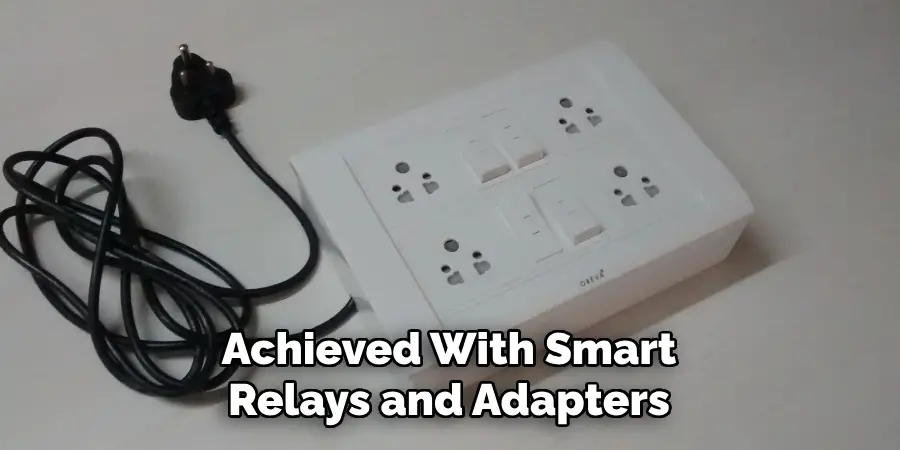
These devices receive signals from your smart home system to turn lights on or off according to your preferences. On the other hand, smart adapters interact with your light switches mechanically, physically simulating button presses in response to smart commands.
One must be mindful of compatibility; while these devices offer a simpler installation process, they’re not always a universal fit and may require specific switches, such as toggle or rocker, to operate efficiently.
Although smart relays and adapters extend intelligent functions to conventional switches, they often contain less comprehensive features found in dedicated smart light switches. Therefore, weighing these factors alongside your home automation goals is crucial.
Tools and Supplies
To embark on your smart lighting journey, having the right tools and supplies is essential for a smooth installation. Choose your tools based on your chosen method for converting to a smart light switch:
- For Dedicated Smart Light Switch
- Screwdriver
- Wire strippers (if required)
- Electrical tape
- Level
- Mounting screws
- For Smart Relay/Adapter
- Screwdriver
- Voltage tester (to assure safety before beginning electrical work)
- Components included in the specific relay or adapter kit
Regardless of the option you select, always prioritize safety by wearing non-conductive gloves and protective safety glasses when dealing with electrical wiring. It is also wise to have a flashlight handy in case you need to cut power to your work area.
A Simple Guide on How to Make Light Switch Smart
Embarking on the journey to make your home lighting smart can be an exciting venture. To provide you with a comprehensive guide, let’s delve into the details of installing both a dedicated smart light switch and a smart relay or adapter.
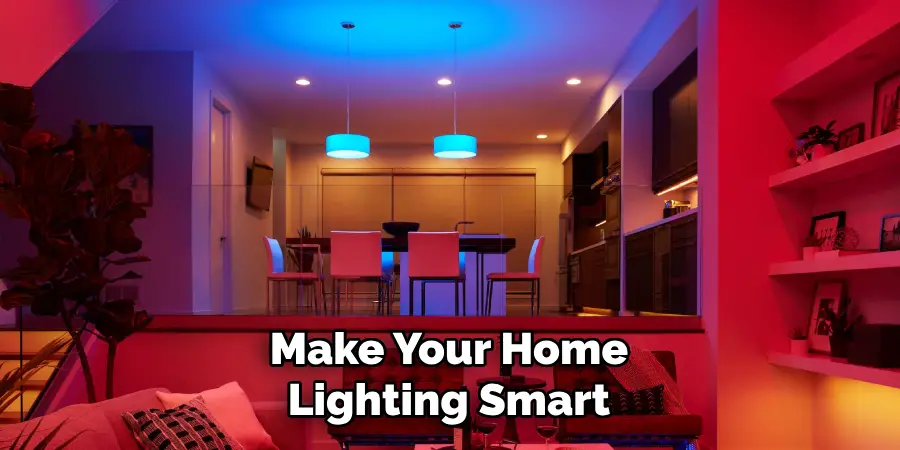
Safety is paramount, so be sure to follow the steps carefully and always adhere to the safety warnings and instructions provided with your chosen product.
1. Dedicated Smart Light Switch
- Safety First: Turn off the power at your home’s breaker box to ensure a safe working environment. Confirm that the power is off by using a voltage tester at the switch location.
- Remove the Old Switch: Remove the existing switch plate by unscrewing it and gently pulling it away from the wall. Next, unscrew the actual switch from the electrical box and carefully pull it out to access the wires.
- Identify and Tag Wires: Identify the line (live), load (to light fixture), neutral, and ground wires. Different homes may have different color coding, so refer to the manual. It can be handy to label the wires with tags or colored tape for easy identification later.
- Prepare the New Switch: Ensure the wires are prepped and stripped according to the smart switch’s instructions. Use wire strippers if necessary.
- Connect the Wires: Connect the identified wires to the equivalent terminals on the new switch, ensuring connections are secure and covered with wire nuts as needed, according to your product’s guide. Usually, the line wire connects to the ‘L’ terminal, loads to the ‘Load’ terminal, is neutral to the ‘N,’ and is grounded to the grounding terminal.
- Install the Smart Switch: Screw the smart switch into the electrical box with the provided mounting screws. Make sure it is level and the faceplate fits neatly, then screw the faceplate on.
- Power Up: Turn the power back on at the breaker box and confirm the smart switch lights up (if applicable). Set up the switch in its app or platform, following the manufacturer’s instructions to connect to your Wi-Fi and customize your settings.
2. Smart Relay/Adapter
- Location and Compatibility: Verify that the chosen smart relay or adapter is compatible with your existing light switch setup—be it toggle, push-button, or rocker. The location for installation should be carefully selected based on this.
- Safety Precautions: Similar to the dedicated switch installation, start by turning off the power at the breaker and using a voltage tester to ensure the power is completely off.
- Uncover and Prepare the Existing Switch: Remove the switch plate and unscrew the existing switch to reveal the wiring behind it. Do not disconnect the wires from the switch unless necessary for the specific product.
- Position the Relay/Adapter: Place the device in the electrical box behind the existing switch for a smart relay. Connection to power and load will vary depending on whether the switch’s system is single-pole or multi-way. Follow the specific instructions for wiring connections in your product’s manual carefully. For a smart adapter, attach it to the switch in a way that it can mechanically press or toggle the existing switch. Ensure it’s firmly fitted and does not obstruct the switch’s normal operation.
- Wiring and Configuration: Complete any additional connections as directed by the relay/adapter’s instructions. This may involve securing wire nuts, attaching adhesive strips, or configuring multi-way switch systems.
- Restoration and Setup: Once installation is complete and the device is secured, restore power at the breaker and set up the device using its corresponding app. This often involves connecting the device to your Wi-Fi network and following any pairing procedures outlined in the instructions.
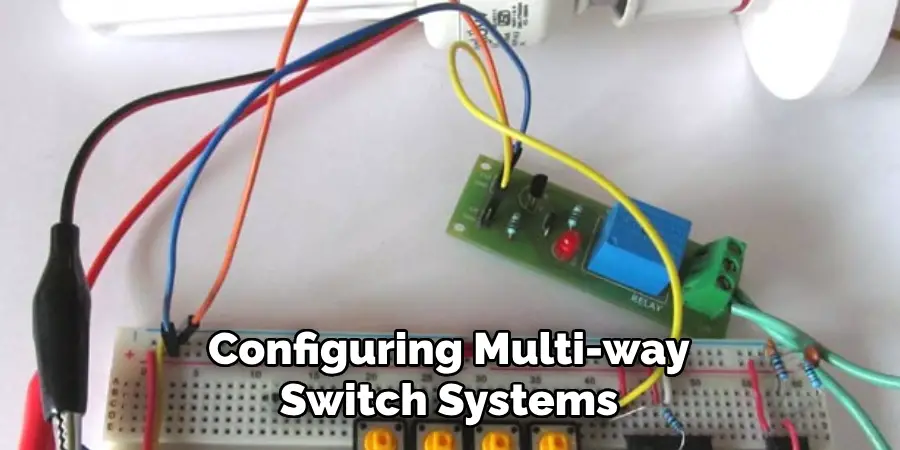
During the process for both types of installations, be mindful of potential challenges, such as dealing with older wiring systems that might not conform to current standards and ensuring that the electrical box has enough room for your new devices.
Should you run into issues that you cannot safely troubleshoot, don’t hesitate to consult with a professional electrician. With these steps followed to the letter, you can enjoy the convenience and modernity of smart lighting control in your home.
That’s it! You’ve now learned how to make light switch smart using a dedicated smart light switch or a smart relay/adapter. With both options, you can control your lights remotely, set schedules and automation, and even use voice commands with compatible virtual assistants.
Keep in mind that these installations require basic electrical knowledge and skills, so if you aren’t comfortable working with electricity, always seek professional help.
Troubleshooting
Experiencing issues during or after the installation is not uncommon and can often be resolved with some basic troubleshooting. If you find that the smart switch or relay isn’t operating as expected, consider the following:
- Incorrect Wiring: This is a common issue if the switch isn’t functioning. Double-check all your wire connections according to the diagram in your product manual. Ensure that line, load, neutral, and ground wires are connected to the correct terminals. Loose or incorrect connections can prevent the switch from working properly.
- App Connectivity Problems: If you cannot connect the switch to your app, ensure that your Wi-Fi signal is strong enough and that you’re following the app’s pairing instructions. Sometimes, simply resetting your router or the device can solve connectivity issues.
- Unexpected Switch Behavior: Fluctuations such as flickering lights or intermittent disconnection can occur. This might be due to electrical surges or updates needed for the device’s firmware or the associated app. Confirm that your home’s electrical capacity is sufficient, and keep your device and app updated.
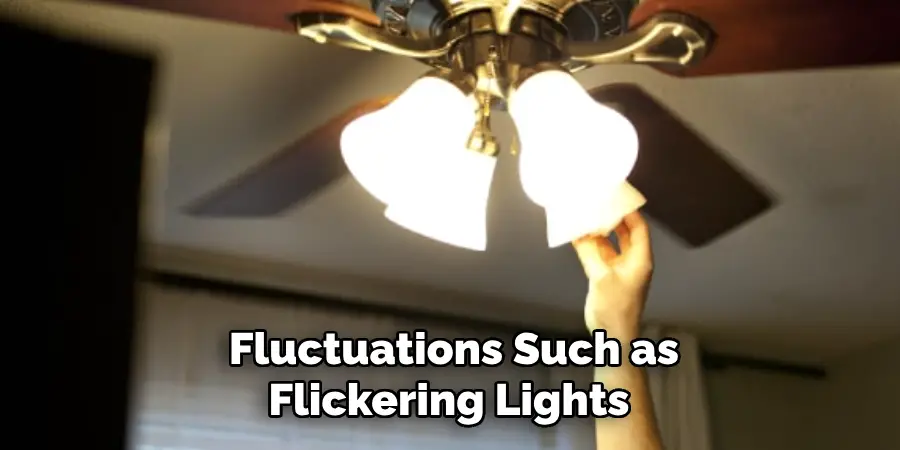
For any specific issues that are not resolved with these steps, refer to the product manual for tailored solutions or contact manufacturer support. Their expertise can provide further guidance and, if required, warranty-covered repairs or replacements. It’s always better to seek professional advice rather than risk further complications with DIY fixes.
Integrating with Smart Home Systems
Smart light switches seamlessly integrate with smart home platforms such as Google Home, Amazon Alexa, or Apple HomeKit, allowing users to enjoy the full potential of a connected home.
By linking your switch to these platforms, you gain the convenience of voice control—”Alexa, turn on the living room lights”—the creation of ambiance through scenes like ‘Movie Night,’ and the efficiency of automation routines that adjust lighting based on time of day or activities.
Begin integration by enabling the appropriate skill in your platform’s app and following the on-screen instructions to connect the switch to your smart home system. Once linked, personalize settings to your lifestyle for a home that’s smart and intuitive to your needs.
5 Benefits of Making Your Light Switch Smart
Smart home devices are leading the revolution in a world where convenience and technology have become synonymous. One of the simplest yet most impactful smart upgrades you can make is transforming your humble light switch.
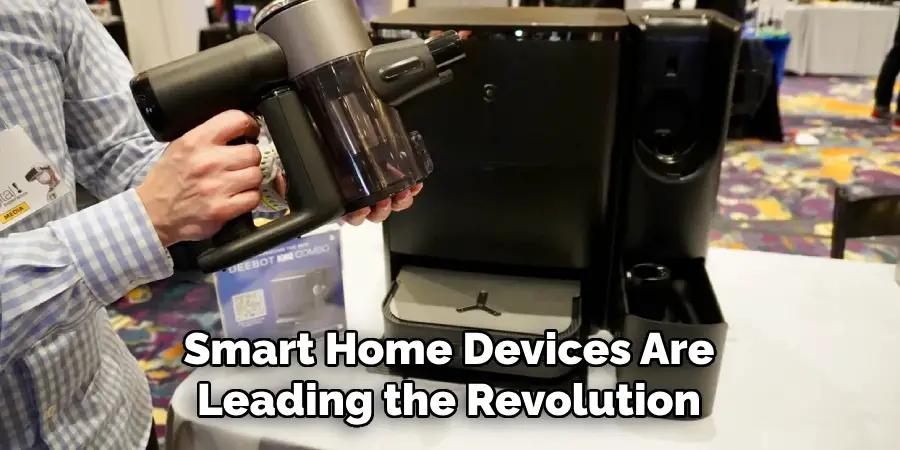
Modernizing your home with smart light switches can bring many benefits beyond mere convenience and into energy efficiency, security, and style. If you’re on the fence about smartening up your switches, here are five compelling reasons to get on board.
1. Unrivaled Convenience
Smart light switches usher in a new era of home lighting convenience. Forget about fumbling for switches in the dark—smart switches allow you to control your lighting from anywhere in the world, using your smartphone or voice commands with virtual assistants like Alexa or Google Home.
They also support automation, meaning you can schedule your lights to turn on just as you arrive home or mimic an occupied home when you’re away, thwarting potential burglars.
2. Unearthing Energy Efficiency
Not only are smart light switches convenient, but they are also champions of energy conservation. By enabling you to monitor your lighting usage closely, these switches put the power to save electricity in your hands.
They allow you to adjust settings to minimize energy consumption and often integrate with other smart home devices to create a harmonized, energy-efficient environment. Imagine having lights that automatically switch off when the last person leaves the room—smart, indeed!
3. Enhanced Home Security
A well-lit home is safer, and smart light switches play a significant role in bolstering your home security efforts. Features like presence simulation, where lights turn on and off in a seemingly random pattern, can give the impression that someone is home, even when you’re enjoying a well-deserved holiday.
What’s more, these switches often integrate with security systems, offering a cohesive framework that alerts you and potentially deters intruders.
4. The Modern Touch
Modernizing your home isn’t just about staying up-to-date; it’s also about reflecting your personal style. Smart light switches come in a variety of sleek, contemporary designs that can elevate the aesthetic of any room.
From minimalist panels to touch-screen interfaces, these switches add a touch of modern elegance, giving your living spaces the ‘wow’ factor and boosting your home’s resale appeal to tech-savvy buyers.
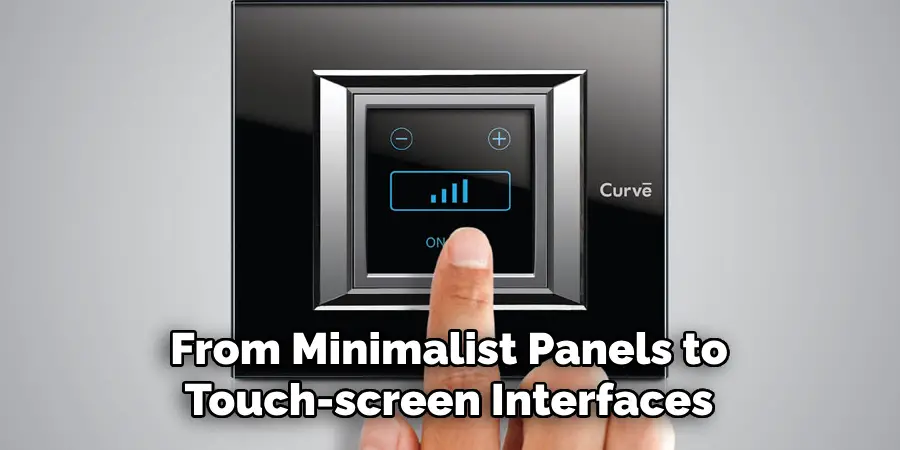
5. Illuminating Cost Savings
At first glance, the upfront cost of smart light switches may seem daunting, but it’s a long-term investment that can lead to significant savings. By reducing energy consumption, you’ll notice a decrease in your utility bills, and the efficiency of smart lighting technologies means you’ll be replacing bulbs less often.
Additionally, some utility providers and government bodies offer rebates and incentives for homeowners who make the switch to smart, helping you recoup some of the initial costs.
Smart light switches are an excellent entry point into the world of smart home living, offering a multitude of benefits that revolve around everyday living, safety, and the environment. If you’re pondering an upgrade to your home, flicking the switch to a smarter option is a bright idea that will pay off in the long run.
Conclusion
Embracing the knowledge of how to make light switch smart is the beginning of a transformative journey towards a smarter, more responsive home. With every flick of the switch now replaced by a simple voice command or smartphone tap, the convenience and control you experience are truly a testament to modern living.
Such changes not only bring comfort but also ensure energy efficiency and security. As you revel in the newfound ease of your lighting control, let this be a stepping stone to further smart home integrations.
Tailoring your environment to suit your daily routines and whims can amplify your living experience. Take the leap, experiment with various connected devices, and customize your lighting to reflect your lifestyle. The empowered feeling of a home that anticipates and caters to your needs is just a switch away.

